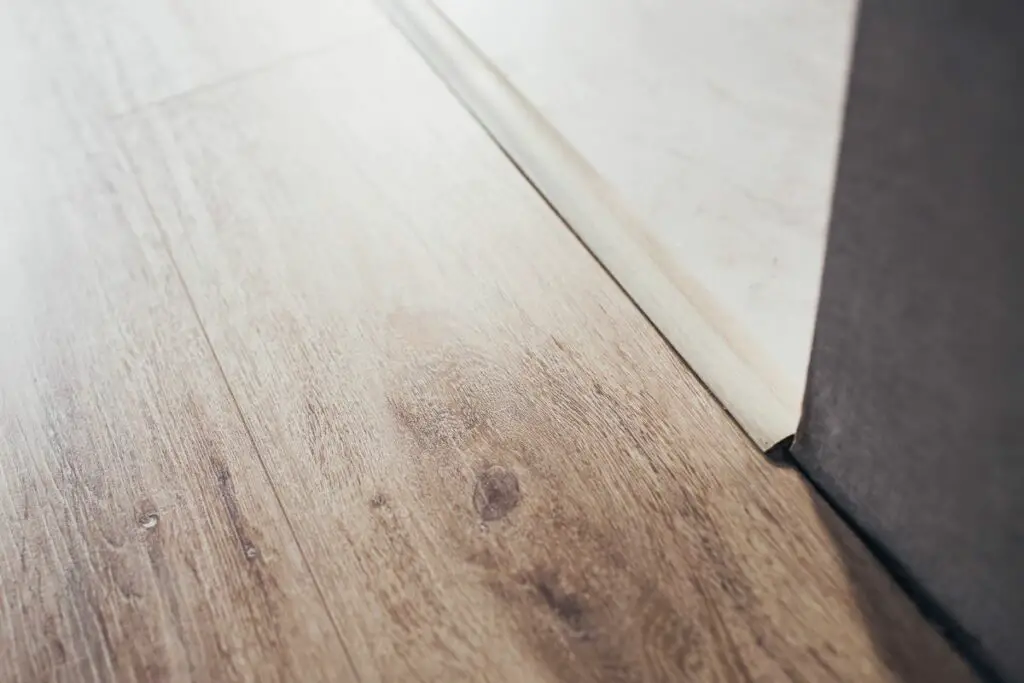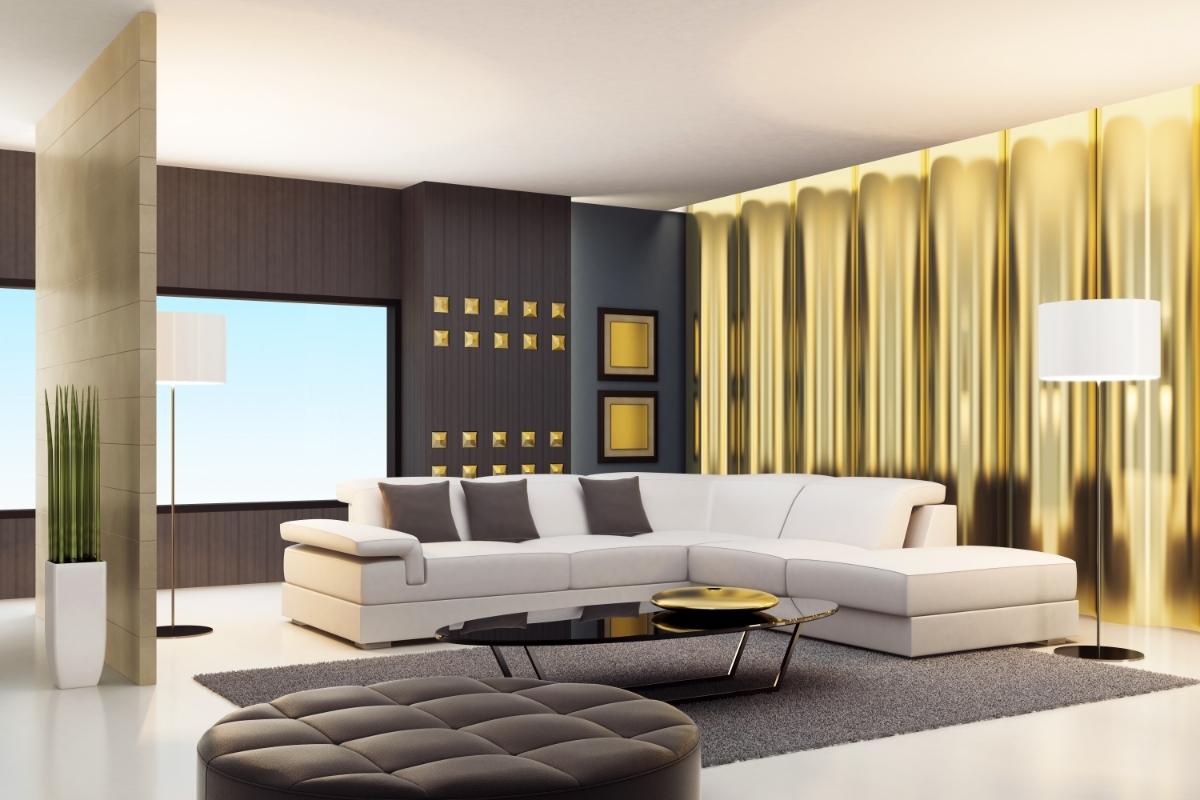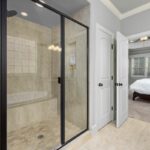When it comes to finishing your floors, it’s important to pay attention to the details. Two commonly used materials for the job are shoe molding and quarter round.
While both are designed to cover gaps between the floor and the wall, there are distinct differences between the two.

Shoe molding and quarter round may seem interchangeable, but they have unique characteristics that can make one a better choice over the other.
Choosing the right molding can enhance the look and feel of your home and increase the value of your property.
Before making a decision, it’s important to understand the differences between the two types of molding and their respective purposes.
In this complete guide, we’ll dive into the differences between shoe molding and quarter round and explore their unique characteristics.
We’ll also discuss when it’s appropriate to use each type of molding and provide some tips to help you make the best choice for your home.
Whether you’re a homeowner or a contractor, this guide will provide you with the information you need to make an informed decision when it comes to shoe molding and quarter round.
Shoe Molding Overview
To understand the differences between shoe molding and quarter round, we need to first understand what each type of mold is.
Shoe molding is a type of molding that is used to cover the gap between the baseboard and the floor. Compared to many other types of molding, show molding tends to be thinner and taller with a slightly curved or beveled outer edge.
It got its name from its original use as a cover between the baseboard and the shoe, or bottom, of the wall.
Shoe molding is made from a variety of materials, including wood, MDF, PVC, and other synthetic materials, and can be painted or stained to match the color of the baseboard or flooring.
Unlike other types of molding, shoe molding is not usually used for decorative purposes, but rather as a functional way to cover gaps and provide a finished look to your flooring.
This type of molding is often used in areas where the flooring is uneven, such as around doorways, and can also be used to cover any gaps that may be present due to the natural expansion and contraction of wood flooring.
It’s a simple and cost-effective way to finish your floors and improve the overall appearance of your home.
Quarter Round: Overview
Quarter round is another form of molding style, usually paired with baseboards to cover imperfections and gaps between the floor and the baseboard.
So far, it seems the same as shoe molding, right? Well, quarter round essentially serves the same purposes as shoe molding, but its shape differs.
Quarter molding is shaped more like a quarter of a circle, hence the name, but it also has a curve, similar to that of shoe molding.
Quarter round has a perfectly curved edge and is available in a
This helps provide countertop installations and flooring with a smooth, professional appearance.
Differences Between Shoe Molding And Quarter Round

As discussed above, the shapes of shoe molding and quarter round differ somewhat. A quarter round is basically one quarter of a circle.
One corner will have a 90-degree angle, whilst the other corner will have a perfect circular radius. Therefore, the distance from the 90-degree angled corner to either of the edges of the radius will always be equal.
Moreover, shoe molding has a 90-degree corner on one side, but its rounded part does not have a perfect circular radius.
To create a thinner piece of trim, the radius side of the molding is trimmed short and angled downwards, resulting in a flat edge on the lower side of the radius.
This simply means that the distance from the 90-degree angled corner to both edges on the side of the radius will be different. Therefore, the shoe molding will be around 50% taller than its thickness or depth.
We know what you’re thinking – this difference seems minimal! But, when it comes to choosing what is best for your project, there are some important factors to consider, so you can be sure you are using the right molding for the job.
Choosing Between Shoe Molding And Quarter Round: Factors To Consider
The first thing you need to consider is the size of your home or property you’re working on. The typical dimensions of shoe molding are ½-inch x ¾-inch, whereas quarter rounds are ¾-inch x ¾-inch.
In some cases, the distance the trim sticks out into a room will not affect how much movement you have in the space or the layout of furniture.
If you have a hallway that is spacious and the living area can accommodate large pieces of furniture without being cramped, a quarter round may be the best option.
This is because it will give a larger, more significant look compared to shoe molding. In other words, it is more aesthetically pleasing in larger spaces than shoe molding.
If your hallway is tighter, on the other hand, shoe molding is the better choice. This molding provides more forgiveness when moving large items through narrow spaces, but can still offer a similar appearance without protruding into the room.
Yes, the difference here is only around ¼-inch, but there is a 50% increase in the distance from where your molding protrudes.
Just an intricate detail can have a huge impact on the look of your property and either make the room appear more inviting or less inviting.
The second important factor to consider is the installation of new flooring. You will need to tear up the old shoe molding or quarter round and replace it with something new.
This is the moment many homeowners make a mistake – when installing a new floor over an existing floor to save money, the baseboards are left in the same position.
Consider the fact that most properties are equipped with undersized baseboards already. This added height from the new flooring can make the baseboards appear a great deal smaller than they did before.
That being said, if uninstalling baseboards and reinstalling new ones at the same height goes way over budget, show molding is the best option.
We completely understand that any housework can cost a lot of money, especially when it comes to flooring. But, you’ll want your project to look as good as possible.
Therefore, if you find that the baseboard height has lowered due to the new flooring height, you will not want to install a protruding, thick quarter round.
Doing so would just make the base’s depth plus the quarter round nearly as deep as the height of the baseboards. The best look is achieved by using shoe molding.
Lastly, think about whether you should stain or paint your shoe molding or quarter round. This is essentially your decision, but you should consider some things beforehand.
Staining wood molding requires more hard work and more time. You’ll have to coat it with a couple of coats of polyurethane as well as the staining process to absorb stains, dirt, and moisture.
You should only use stained trim if your baseboards are significantly tall. Your baseboard could feel like it’s around 3/4-inch shorter than its true height when using stained shoe molding or quarter round.
This is because we tend to associate it with flooring. If your baseboards are under five inches in height, we suggest using a paint grade material.
In Summary
Shoe molding and quarter round are very similar in their uses, but the main differences are their shapes and heights. Just 1⁄4-inch difference is enough to make one better equipped for a particular job compared to the other.
- Benjamin Moore Palladian Blue Paint: A Color Review - September 5, 2023
- 10 Of The Prettiest Interior Door Colors - August 29, 2023
- Hale Navy: The Best Navy Paint Color - August 22, 2023

![How To Design A Room Like An Interior Designer [Step By Step] ow To Design A Room Like An Interior Designer [Step By Step]](https://alexanderandpearl.co.uk/wp-content/uploads/2022/02/How-Much-Does-A-Pop-Up-Camper-Weigh-33.jpg)







